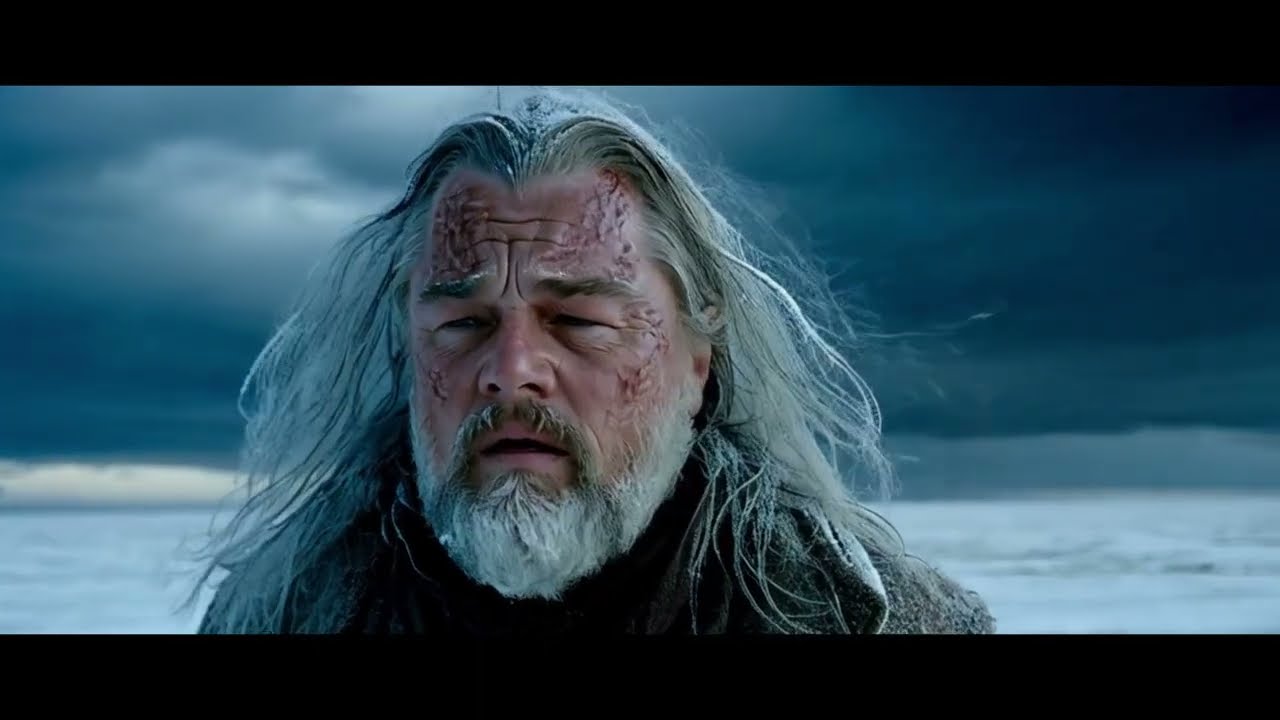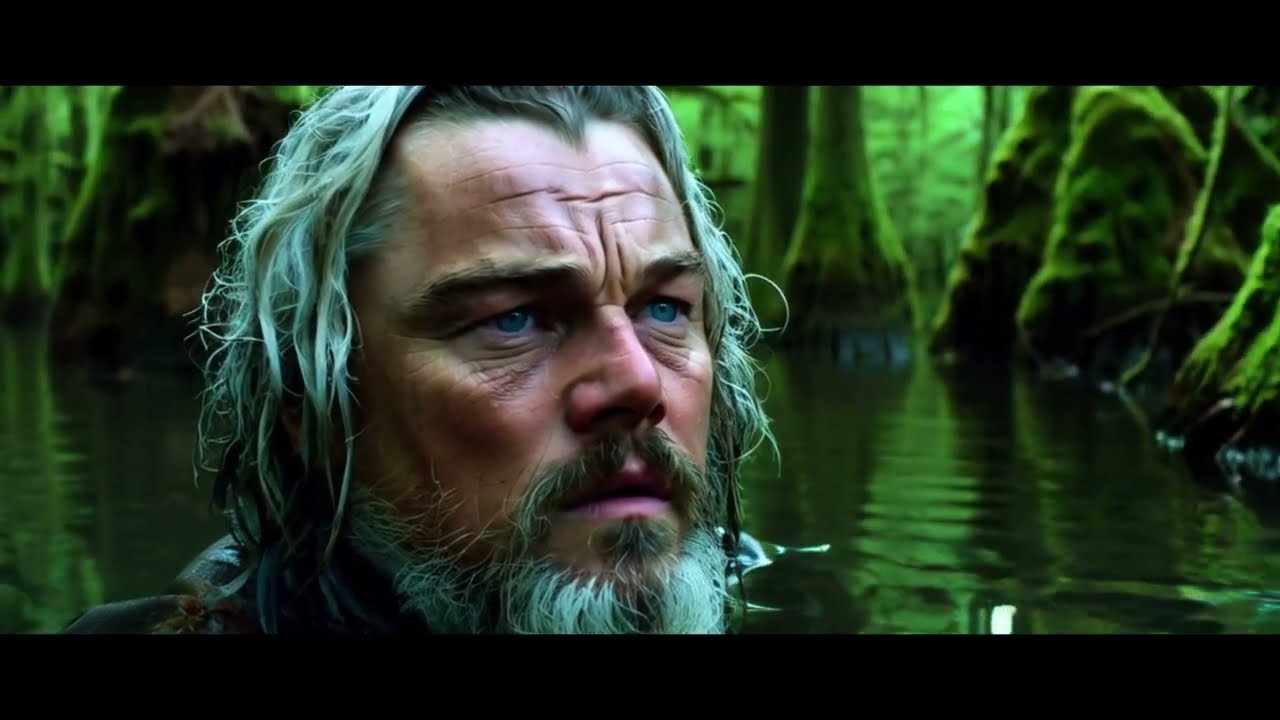
Few films dare to tread into the brutal silence of nature with the same intensity as The Revenant. Now, years later, The Revenant 2: Wilderness (2025) attempts to push further into the abyss—not just of the wilderness, but of the human soul. The film is less a sequel in the traditional sense and more an echo of its predecessor: familiar in tone, yet sharper, colder, and more merciless.

The Story
Hugh Glass, a man who once defied death and carved his name into the frozen frontier, returns. The scars he carries—etched into flesh and spirit—remain unhealed. But the world he inhabits has shifted. The wilderness is no longer just a stage for survival; it has become a mirror of his own fractured existence.

This time, Glass is thrust into an environment harsher than before: an unforgiving terrain where solitude is suffocating, and survival feels almost irrelevant. Haunted by phantoms of the past and pursued by enemies new and old, Glass’s journey is as much inward as it is outward. Each step forward through the snow and silence becomes a confrontation with his own mortality.

Visuals and Atmosphere
The film is nothing short of a visual ordeal—in the best possible way. Director Alejandro G. Iñárritu once again paints with natural light, crafting images so raw that the cold seems to seep off the screen. The wilderness is depicted not as a backdrop but as a living, breathing antagonist. Jagged landscapes, howling winds, and the endless stretch of white wastelands immerse the audience in the same hopeless vastness that suffocates Glass.
Every frame feels deliberate, every shadow and shimmer of frost a reminder of nature’s indifference. In true Iñárritu fashion, the camera lingers, refusing to cut away from suffering, forcing us to endure alongside the protagonist.
Performance
Leonardo DiCaprio returns as Hugh Glass with a performance that strips away vanity. His portrayal is less about dialogue and more about silence, less about heroic defiance and more about quiet endurance. There are moments where his face alone tells entire chapters of grief, resilience, and despair. His Glass is not merely a survivor—he is a man suspended between revenge and redemption, each breath a negotiation with himself.
Themes of Survival and Humanity
At its core, The Revenant 2: Wilderness wrestles with the same questions that haunted its predecessor: what does it mean to endure? But this time, survival is not simply about outlasting the wilderness—it is about surviving the weight of memory. Glass’s struggle is both physical and spiritual, balancing the hunger for vengeance with a yearning for peace that may never come.
The film transforms survival into something more profound than bodily persistence. It is an exploration of whether a man, once broken, can ever be whole again.
Final Verdict
- Strengths: Astonishing visuals, powerful lead performance, haunting atmosphere.
- Weaknesses: At times, the pacing drags under the weight of its own solemnity.
Still, what lingers after the credits is not weariness but awe. The film is less entertainment than experience, demanding patience and rewarding it with emotional gravity. The Revenant 2: Wilderness is not just a story of man versus nature—it is man versus himself, stripped bare, with nothing left but the will to keep moving forward.